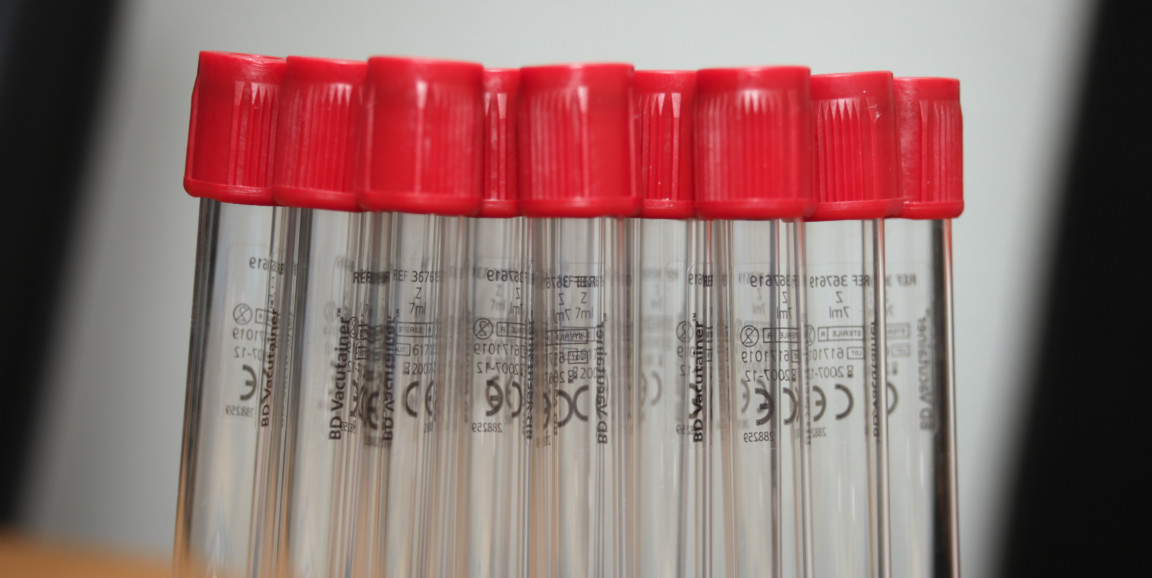The liver is an amazing organ. Unlike others in the body, it has the ability to regenerate itself from as little as one-quarter of its original mass. But until recently it hasn't been exactly clear how it accomplishes this feat.
Now Stanford hematologist Steven Artandi, MD, PhD, and postdoctoral scholar Shengda Lin, PhD, have identified in mice a subpopulation of liver cells, called hepatocytes, that regenerate the organ during normal cell turnover or after damage. They've just published their results in Nature.
As Artandi explained in our release:
About 900,000 people die every year worldwide from cirrhosis, and liver cancer is the fifth-leading cause of cancer death in the United States. But our understanding of how the liver renews itself has languished in comparison to advances made in other organs.
Artandi and Lin compared the levels of telomerase - a protein often associated with resistance to aging and implicated in stem cell maintenance and cancer development - among hepatocytes in mice.
More from our release:
Lin found that, in mice, about 3-5 percent of all liver cells express unusually high levels of telomerase. The cells, which also expressed lower levels of genes involved in normal cellular metabolism, were evenly distributed throughout the liver's lobules. During regular cell turnover or after the liver was damaged, these cells proliferate in place to make clumps of new liver cells.
The researchers hope that their findings may one day lead to new therapies for the many people living with liver disease, or to combat cancer.
"You could imagine developing drugs that protect these telomerase-expressing cells, or ways to use cell therapy approaches to renew livers," Artandi said. "On the cancer side, I think that these cells are very strong candidates for a cell of origin. We are finally beginning to understand how this organ works."
Photo by Hakan Dahlstrom




